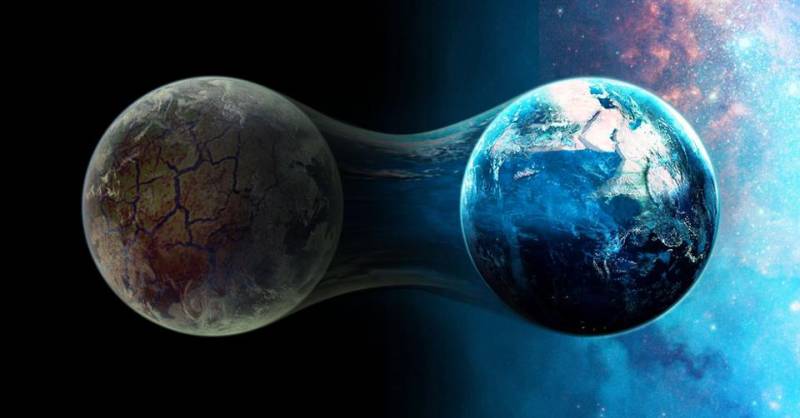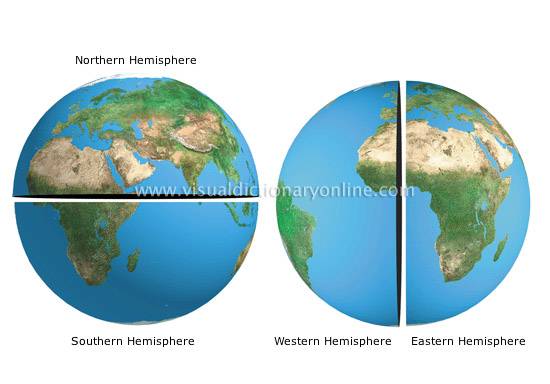By Ashraf Naushahi
The planet Earth seems static to the people on it, but it is not. The Earth is revolving around the Sun and also tilting on its axis all the time. Though it is not the only planet that revolves around the Sun, it is the only planet on which various kinds of living species are found so far.
Seasons, climates and daytime keep changing on the Earth because of its revolving and tilting. Isn't it wonderful that billions of people living on the Earth have no feeling of its movements? People on the Earth have no feeling of a revolving, tilting and traveling planet because the Earth has a surface much larger than the population spread on it. However, people can feel and see how a season transforms into another and how daytime increases or decreases with such changes.
The Sun in any part of the world is at its highest point at 12 o'clock or noon-time everyday. As it occurs at different times in different parts of the world, there are time-differences all around the world. The world is, therefore, divided into different time-zones.
The planet Earth travels on its orbit around the Sun while tilting towards the Sun at the same time. Its tilting towards the Sun changes seasons on the Earth. In summer the northern hemisphere or northern half of the Earth is tilted towards the Sun. The southern hemisphere is not tilted then towards the Sun, so winter season is in the southern hemisphere. Daytime does not remain the same in all seasons.
North and south are two poles of the Earth. Two parts or hemispheres of Earth are relative to its two poles as northern hemisphere and southern hemisphere. The Earth revolves along an elliptical orbit around the Sun, so both its hemispheres come before the Sun alternatively.
When the northern hemisphere is before the Sun, its regions have a warmer weather and more daylight. At the same time, regions in the southern hemisphere have a cooler weather and less daylight.
The South Pole has a day of 24 hours while the North Pole has a night of 24 hours on December 22, which is the shortest day in the northern hemisphere. The same day, December 22, is the longest day
and June 21 is the shortest day in the southern hemisphere each year. After December 22, daytime
begins to increase in the northern hemisphere. It increases gradually until night and day times
become equal on March 21. Increase in the daytime continues even after March 21 in such a way
that June 21 becomes the longest day in the northern hemisphere and the shortest day in the
southern hemisphere.
All such wonders of the planet Earth happen because of the revolving and tilting of the planet Earth.
As the planet Earth spins on its axis, days and nights are formed. It spins on its axis by completing one turn almost every 24 hours (23-hours, 56-minutes and 4-seconds to be exact). Day is on the part of Earth which is facing the Sun while night is on the other side not facing the Sun.
The Earth continues its turning, and day gradually becomes night while night transforms into day.
Thus continues the alternative comings and goings of days and nights on the planet Earth.
Published in Young Nation Mgazine on June 3, 2017.








